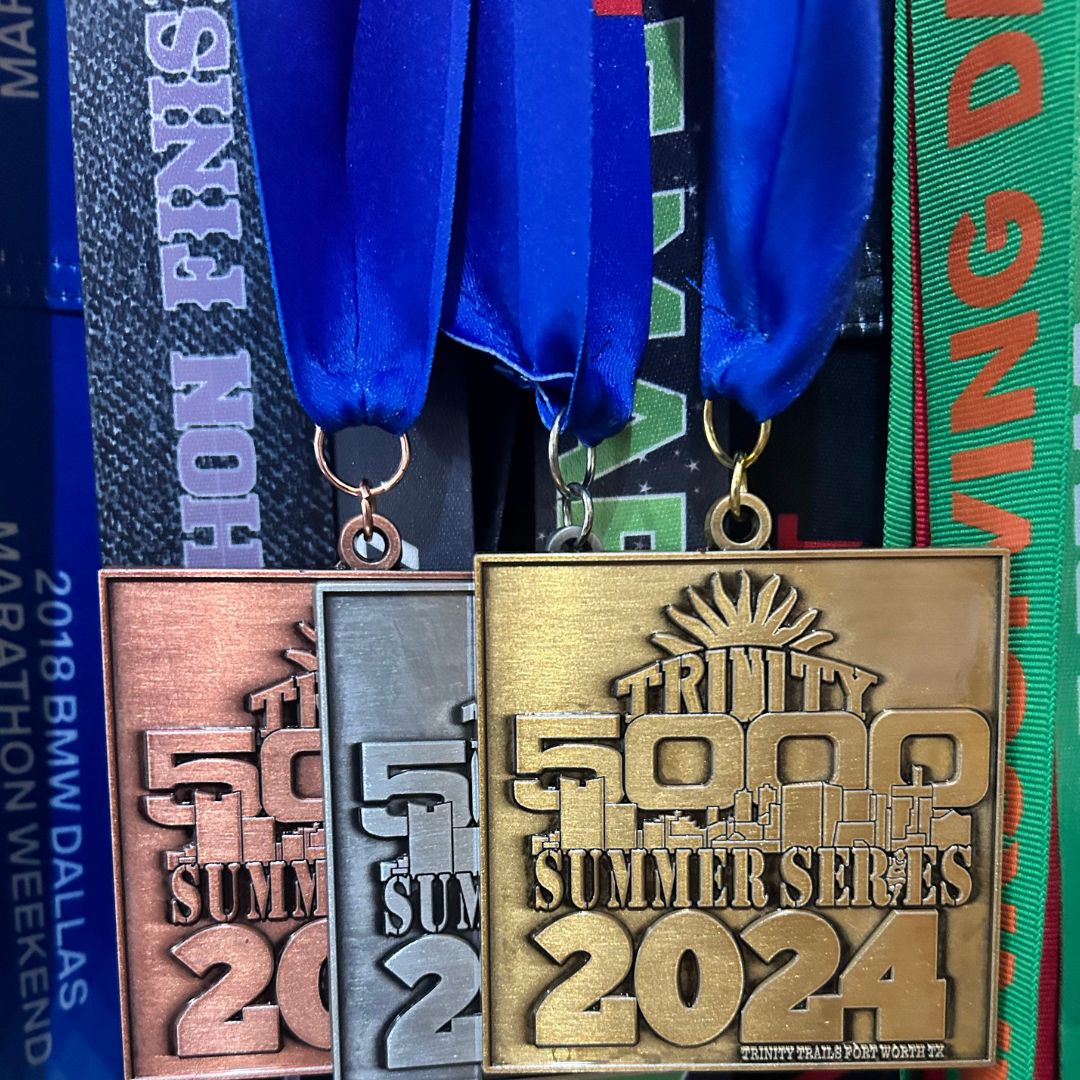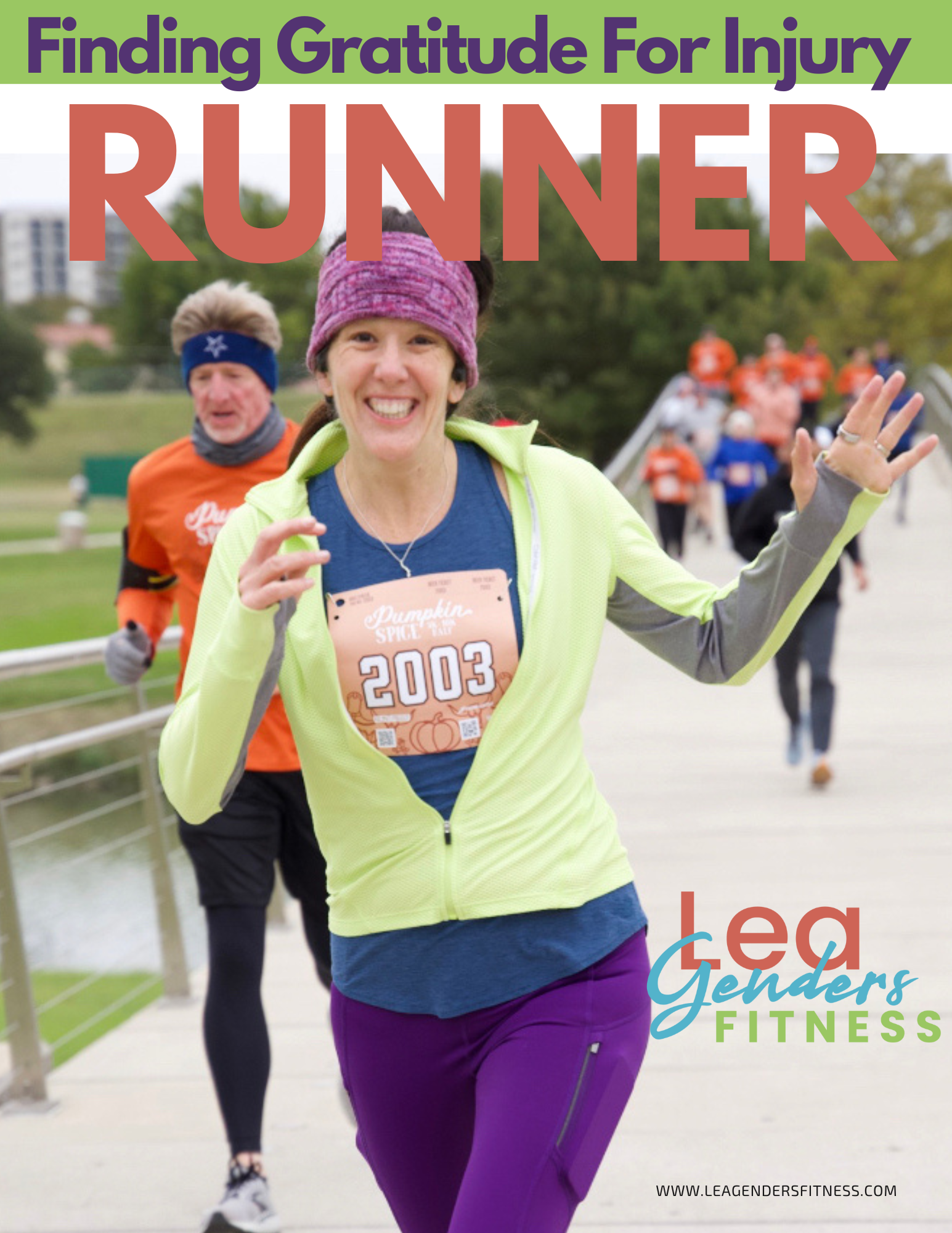Whoever said running is a free sport either isn't an active runner or isn't very good at math. Although it's true that the streets are free to run, you need a certain amount of gear to run safety and comfortably. Then when you start adding up the costs of things like GPS watches and races, running can get downright expensive. Let's break down the list of running gear and expenses and talk about what you need to get started, what you can live without and what is purely a luxury.
Shoes
Shoes are the one thing that you can't skimp on when it comes to running. You need to invest in at least one pair of running-specific shoes if you plan on running on a regular basis. These should be shoes that you wear only for running. You shouldn't wear your running shoes to Zumba class or to walk around the mall. Running shoes are for running only.
One reason is that running shoes provide support for motion in the sagittal plane only (that is front to back movement like in running). If you are moving laterally, like you might in a bootcamp class or in Zumba, then these shoes won't provide the support you need for those types of movements. Secondly, running shoes are generally more expensive than cross training shoes and typically last 300-500 miles no matter how you are putting on those miles. So if you are wearing your running shoes as your daily shoes, then you are literally burning money when you burn the rubber off those soles. Use your less expensive gym shoes for your daily comfortable walking-around shoe.
A good pair of running shoes will provide the support you need to run safety and help prevent injury. If you are putting in significant miles each week, like someone who is training for a marathon, I would recommend having two pair of running shoes and rotating the shoes every other run.
Be sure to watch the tread on the bottom of the shoes and replace as needed, typically every 300-500 miles.
Apparel
While you don't need to break the bank to buy running apparel, there are few things that you need to look for when purchasing running clothes. Look for clothing made with performance fabrics. Performance fabrics are generally man-made fabrics (polyester blends) that wick moisture away from the body. This means when you sweat, instead of the material absorbing the water and showing embarrassing sweat spots, it pulls the moisture away. This will help you stay cool, dry and comfortable. It doesn't need to be expensive, many discount brands and sporting good stores offer performance fabrics at a reasonable cost.
Avoid cotton shirts, shorts and especially socks. Read the garment's fabric content and choose items without cotton. Cotton socks will absorb your sweat and can cause nasty blisters. Polyester blend fabrics are your best choice for all your running clothing right down to your socks.
Running Technology
Now that you have your running shoes and you're dressed in your non-cotton apparel, you're ready to run. Except some runners wouldn't dream of leaving the house without their GPS watch, heart rate monitor, MP3 player, wireless headphones, step tracker and cell phone.
There is a relatively new concept called running-naked and don't worry, it is not what it sounds like, I fully recommend that you wear clothes when you run so you avoid arrest. Running naked means running without technology.
GPS WATCH
It can be nice to have a GPS watch to track your mileage, pace and route, but sometimes, especially for new runners, it is best to run by how you feel, rather than trying to keep up with some arbitrary pace on your watch. Your daily pace can be affected by a lot of factors, like how well you slept, how stressed you feel, how well you ate and how recovered you are from your last run. It is not always the best thing to run according to the pace that you think you should be running. It can be better to run by how you feel.
With that being said, I often run with my GPS watch, but it purely an optional luxury. I leave it at home when I need to get out and just run for pleasure.
Heart-rate monitor
A heart-rate monitor can be very helpful to determine effort because your heart rate gives you an accurate indicator of how hard you're working. Most GPS watches these days come with a wrist-based heart-rate monitor (no chest strap needed) but because this is relatively new technology, it may not be as accurate as a chest strap. A heart-rate monitor is great for training, but running according to your breath (talk test) and RPE (rate of perceived exertion) can be all you need.
MP3 player
I avoid listening to music and wearing headphones when running on the street for safety reasons. It is important that you can hear the cars and are aware of your surroundings. I wear my headphones when I run at the track or on the treadmill. Music can be a great motivator for running. Sometimes an uptempo song can help increase your pace because you naturally speed up to match the beat of the song. Just be aware when on a long run or when trying to pace yourself, music can sometimes cause you to speed up when you should be keeping a particular pace. Music is great, just be aware how it is affecting your pace.
Cell Phone
You already own a cell-phone. I recommend you carry it on every run outdoors in case of emergency or burning desire to order a pizza on your long run.
Running Accessories
The list of possible running accessories goes on and on. I like to carry a running belt for my keys and cell phone when I run on the street or at a race. They are relatively inexpensive and eases the hassle of carrying your small personal items items with you when you run.
Once you have the basics of shoes and clothes covered, you're be all set to start running. But I have a feeling once you've been bitten by the running bug, you will rationalize spending every free dollar on running gear, accessories and races.
What are your running gear essentials? Did I miss anything?
Like this post? Please consider sharing.




















A lot of nutrition guides for half marathon training are overly complicated and aimed at elite athletes, which can be intimidating for the average runner. This blog post is about taking the pressure off by treating your fueling as a personal, no-math-required experiment throughout your 12-to-16-week training cycle. As a health coach and personal trainer, my goal is to give you simple, straightforward guidelines so you can figure out what works best for your body, ensuring you have the energy needed to train well, recover fully, and cross the finish line feeling strong.